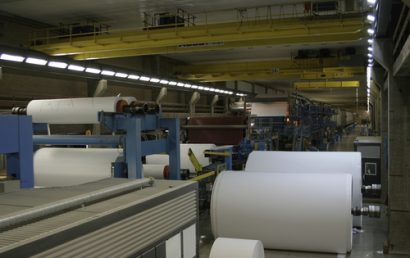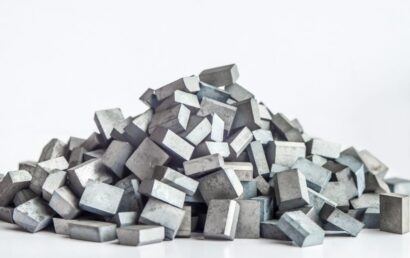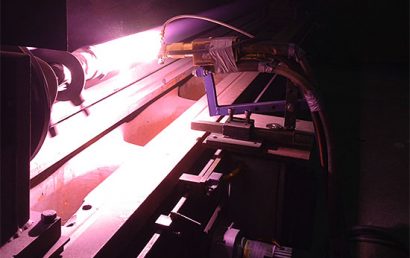Choosing the Right Materials For HVOF Coatings
HVOF coatings are used in numerous industries today. HVOF is only one method, however, of thermal spraying. There are numerous techniques and materials that can be used to thermal spray surfaces with a desired coating. The coating, as well as the technique used to apply it, can depend on the circumstances in which the part, component, machine, etc. will be used or stored. Let’s take a closer look, specifically, at HVOF coatings.
What Is HVOF?
The letters stand for “high velocity oxygen fuel”. As just suggested, it is a coating process used in thermal spray to restore or improve the dimensions or properties of the surface of a component. The improvement is meant to increase corrosion protection and ware and erosion resistance significantly, thereby extending the life of whatever equipment it is used on.
Materials Used in the HVOF Process
Generally speaking, sprayed onto a substrate are HVOF materials in a semi-molten or molten state. For this type of coating, a variety of alloys, metals, and ceramics can be used.
There are four coating materials used most commonly in the HVOF process. They are as follows:
- Aluminum bronze – this is perfect when worn-out components need to be restored thanks to coatings that exhibit strength and high density.
- Chromium carbide – where abrasive substances, hard surfaces, and fretting increase the effects of wear and tear, the exclusive characteristics of chromium carbide make it ideal. The dense coatings bond well and are extremely hard, offering superb protection.
- Tungsten carbide-nickel super alloy – compared to chrome plating, the corrosion resistance offered by this super alloy is several times greater. This material is frequently used on drilling components, pump rotors, gate valves, ball valves, hydraulic rods, and more.
- Tungsten carbide – of all the HVOV coatings, the most superior low temperature abrasive wear resistance is exhibited by this material. In circumstances where the primary failure mechanism is abrasive wear, this is the recommended material.
The Good and the Not so Good
As with most things in life, there are pros and cons where the HVOF process is concerned. As suggested earlier, the circumstances in which a part, component, product, etc. will be used or stored have everything to do with what kind of process and coating materials will be needed. Some materials and processes may not be as beneficial as others in given situations. That said, here are the benefits of HVOF spraying:
- Better corrosion resistance
- Thicker coatings
- Strong adhesiveness
- Smoother, denser coatings
- Harder coatings
- Better wear protection
Depending on the circumstances, the following can possibly be less desirable characteristics where HVOF is concerned:
- Restrictions on powder size
- May present an issue where manpower is concerned.
- Applications are somewhat limited.
- If manual operation is desired, this may not be the ideal process.
- Higher costs are sometimes associated with the HVOF spraying process.
HVOF coatings, plasma spray, and other methods of thermal spray are our areas of expertise. At A & A Coatings, we utilize numerous techniques and materials, depending on your circumstances, to best benefit your company and your industry. Speak to one of our knowledgeable representatives today to find out how HVOF coatings, or some other thermal spray method, can best serve you and help preserve (or improve) your bottom line.



